Entry Type: Event
 Arthur Harding and J. Edgar Hoover
Arthur Harding and J. Edgar Hoover
Harper, John (Execution of)
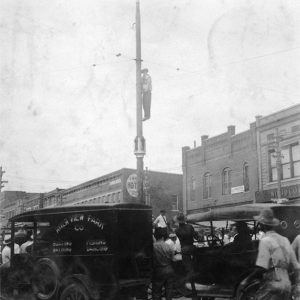 Harris Lynching
Harris Lynching
 Frank Harris Lynching Article
Frank Harris Lynching Article
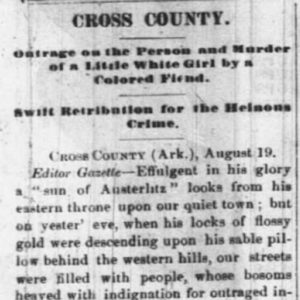 Frank Harris Lynching Article
Frank Harris Lynching Article
Harris, Frank (Lynching of)
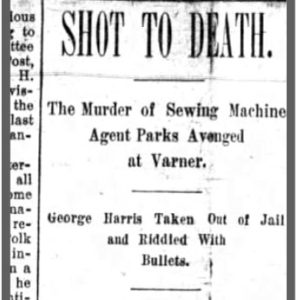 George Harris Lynching Article
George Harris Lynching Article
Harris, George (Lynching of)
Harris, Gilbert (Lynching of)
 Harris Lynching Article
Harris Lynching Article
Harris, Jack (Lynching of)
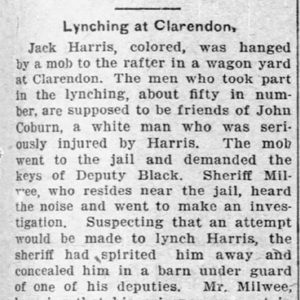 Jack Harris Lynching Article
Jack Harris Lynching Article
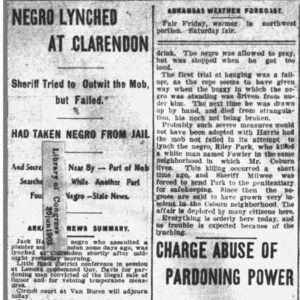 Jack Harris Lynching Article
Jack Harris Lynching Article
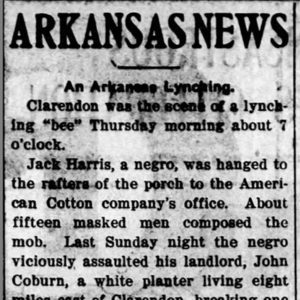 Jack Harris Lynching Article
Jack Harris Lynching Article
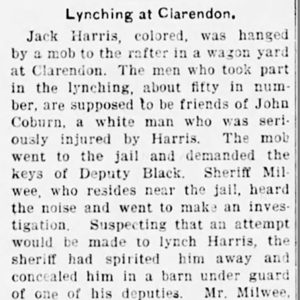 Jack Harris Lynching Article
Jack Harris Lynching Article
 Harris Lynching Article
Harris Lynching Article
 Judge Harris Flees
Judge Harris Flees
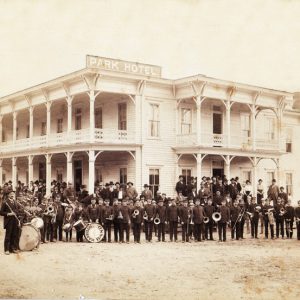 Harrison First Passenger Train
Harrison First Passenger Train
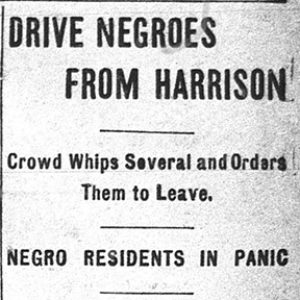 Harrison Racial Expulsion Article
Harrison Racial Expulsion Article
Harrison Race Riots of 1905 and 1909
aka: Charles Stinnett (Execution of)
Harrison Railroad Riot
aka: Missouri and North Arkansas Railroad Strike
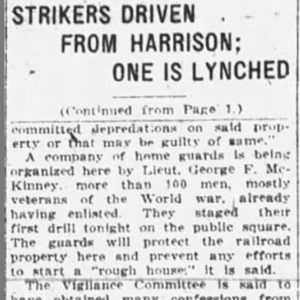 Harrison Railroad Riot Article
Harrison Railroad Riot Article
Harrison, John Henry (Lawsuits Relating to the Lynching of)
Harrison, John Henry (Lynching of)
Harrison’s Landing, Skirmish at
Hatch’s Ferry, Skirmish at
Hay Station No. 3, Skirmish at
aka: Skirmish at Brownsville (July 30, 1864)
Hayden, Bud (Lynching of)
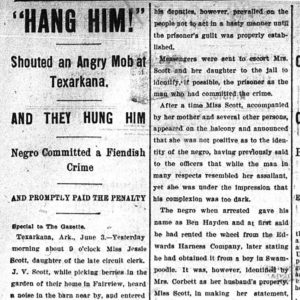 Haden Lynching Article
Haden Lynching Article
Hearn, May (Lynching of)
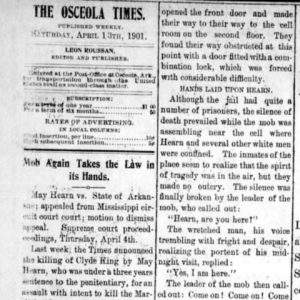 May Hearn Lynching Article
May Hearn Lynching Article
 Heifer Project International HQ Dedication
Heifer Project International HQ Dedication
Helena Expedition (March 5–12, 1863)
aka: St. Francis River Expedition
aka: Little River Expedition
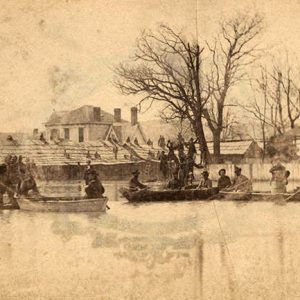 Helena Flood
Helena Flood




